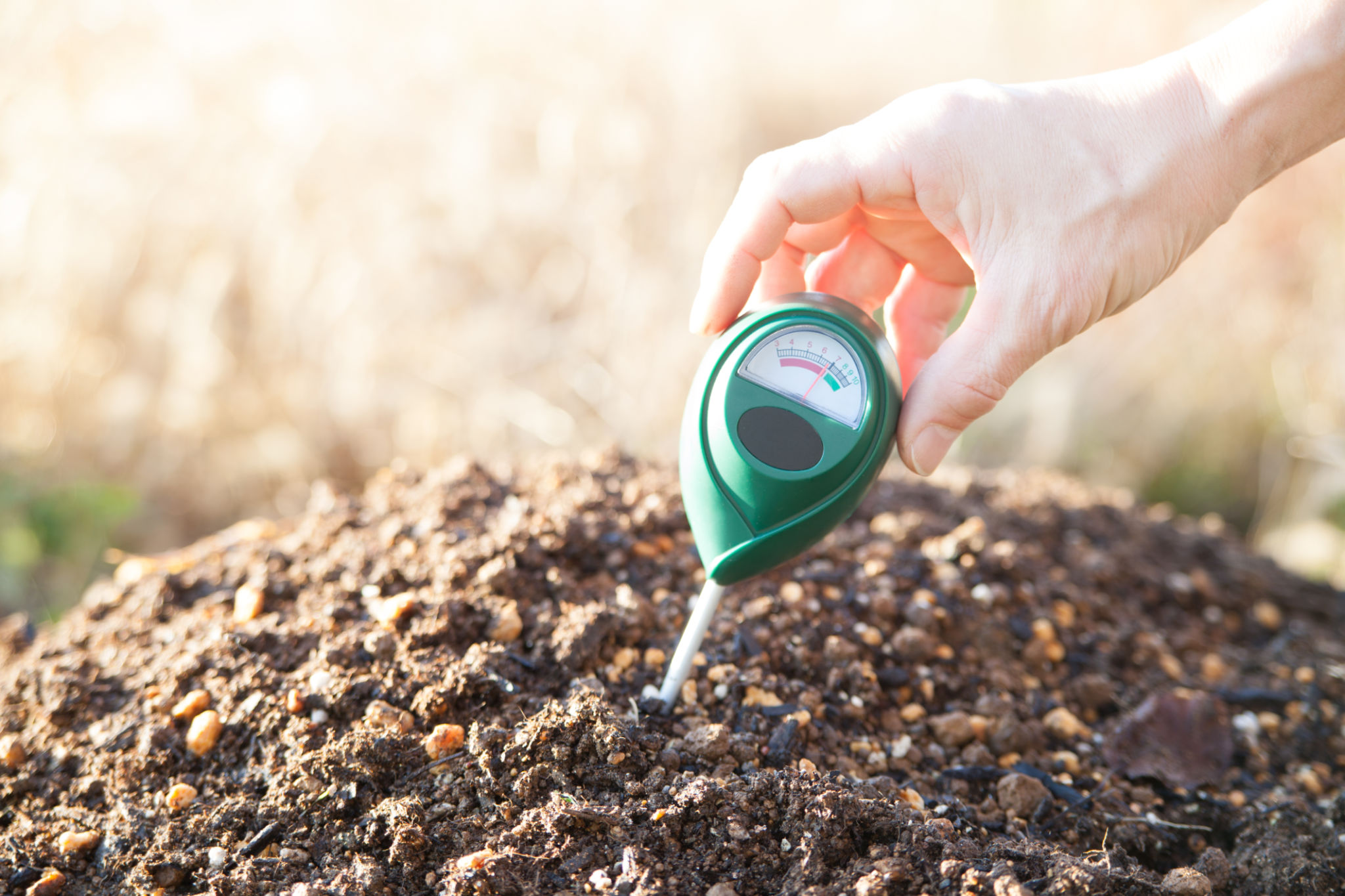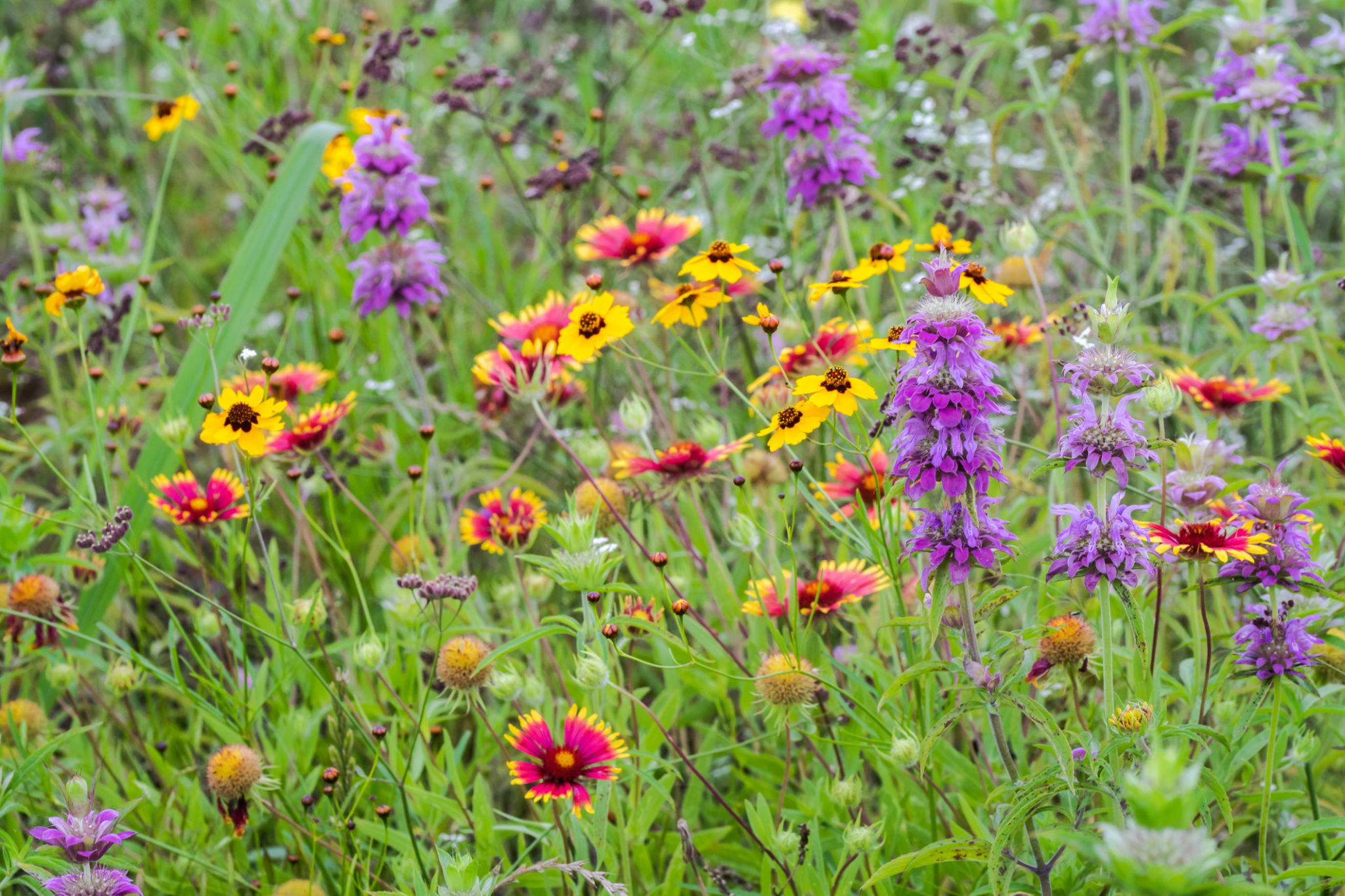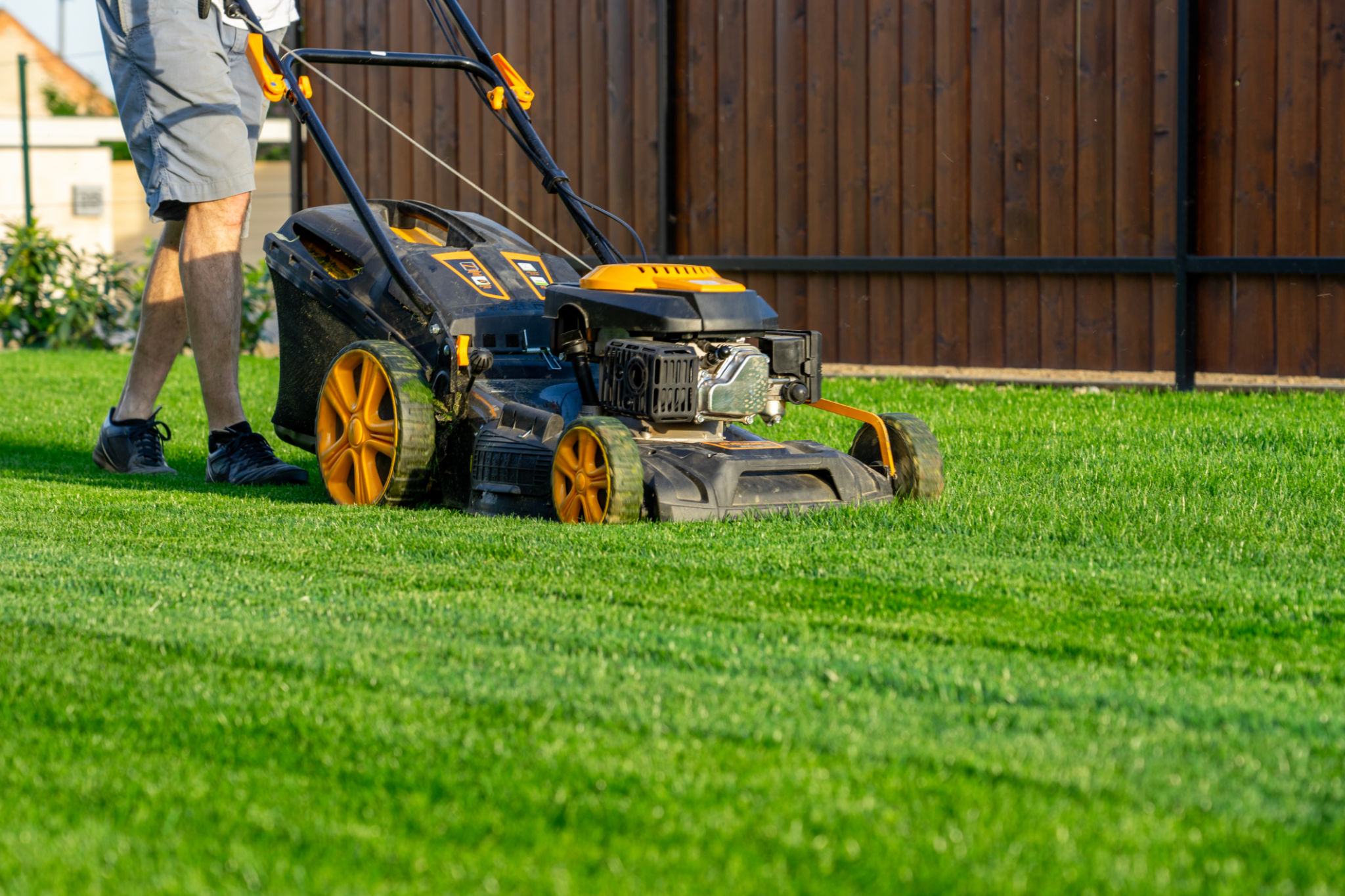Expert Landscaping Tips for McLennan County Homeowners
Understanding Your Soil and Climate
Before diving into landscaping projects, it's essential to understand the type of soil and climate specific to McLennan County. The region's soil can vary from sandy loam to clay, and recognizing your soil type will help you choose appropriate plants and landscaping techniques. Additionally, McLennan County experiences hot summers and mild winters, so selecting drought-resistant plants is often a wise choice.
Conducting a soil test can provide valuable insights into its composition, pH level, and nutrient content. Once you have this information, you can amend your soil with the right fertilizers and additives to create an optimal growing environment for your garden.

Choosing Native Plants
One of the most effective ways to ensure a thriving landscape is by choosing native plants. These plants are already adapted to the local climate and soil conditions, making them more resilient and requiring less maintenance. Some popular native plants in McLennan County include Texas Sage, Blackfoot Daisy, and Red Yucca.
Native plants not only thrive with less water but also attract local wildlife such as birds and butterflies. This can create a vibrant ecosystem in your backyard that is both beautiful and beneficial to the environment.

Designing for Water Efficiency
Water conservation is crucial in maintaining a sustainable landscape in McLennan County. Implementing a water-efficient design can significantly reduce your water usage while keeping your garden lush. Consider installing a drip irrigation system, which delivers water directly to the roots of plants, minimizing evaporation and runoff.
You can also incorporate rain barrels to collect rainwater for irrigation. Grouping plants with similar water needs together is another strategy that ensures efficient water use, as well as simplifies maintenance.

Incorporating Hardscaping
Hardscaping elements such as patios, walkways, and retaining walls can add structure and functionality to your outdoor space. When planning hardscaping projects, choose materials that complement the natural surroundings of McLennan County. Limestone and sandstone are popular choices that harmonize beautifully with the local environment.
Hardscaping not only enhances the aesthetic appeal of your garden but also reduces the amount of turf grass, which can be water-intensive. By creatively integrating hardscaping features, you can achieve a balanced and sustainable landscape design.

Regular Maintenance Practices
Even the most well-designed landscape requires regular maintenance to remain healthy and attractive. Routine tasks such as mowing, pruning, and mulching are essential for promoting growth and preventing disease. Mulching helps retain soil moisture and suppress weeds, making it an invaluable practice for conserving resources.
It's also important to monitor your landscape for pests and diseases. Early detection and treatment can prevent widespread damage and ensure your garden remains vibrant throughout the year.

Conclusion
By following these expert landscaping tips tailored for McLennan County homeowners, you can create a beautiful, sustainable outdoor space that enhances your property's value and enjoyment. Understanding your local environment, selecting the right plants, designing for water efficiency, incorporating hardscaping, and maintaining your garden regularly are key components of successful landscaping in this region.
Whether you're a seasoned gardener or new to landscaping, these strategies will help you achieve a thriving garden that reflects the natural beauty of McLennan County.
